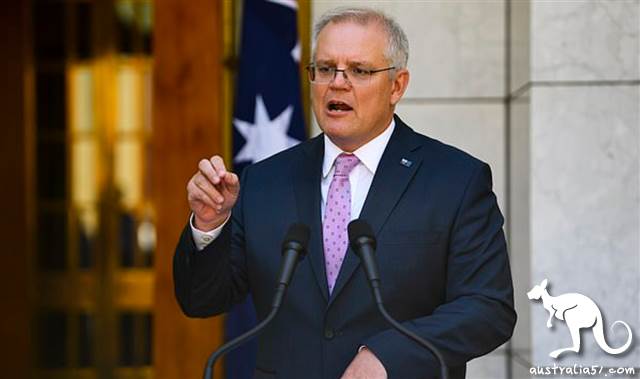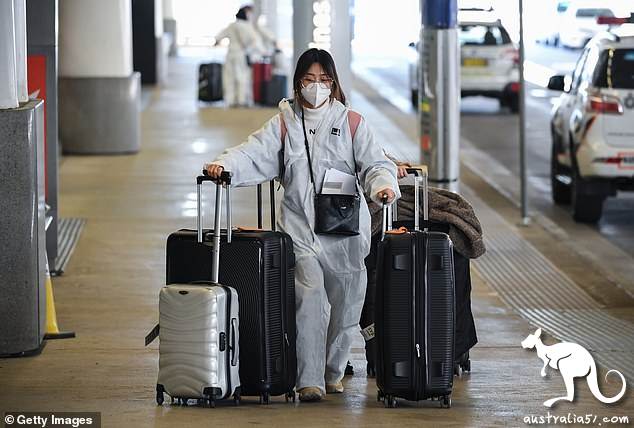
Morrison revealed that consider allowing Australians to travel to "low-risk" areas, including China. (Daily Mail)
The Australian Prime Minister, Scott Morrison, revealed today that when travel restrictions on the new crown eventually untied, Australians could be allowed to travel to "low-risk" areas, including Chinese mainland and TW.
Mr morrison said he had discussed travel arrangements during the outbreak with japan, south korea and new zealand, and other low-risk areas such as singapore, chinese mainland and TW were among the options.
New Zealanders are no longer required to undergo compulsory segregation when entering the territory from the new states and territories. However, Australian passengers arriving in New Zealand still have to complete a two-week isolation.
"I think we need to be cautious ," Morrison stressed today, referring to the resumption of international travel. "
"Some countries have performed much better than what we have seen in Europe and the United States, and the situation in Europe and America is very bad. Those who come to Australia from these parts of the world are undoubtedly at great risk. "
He signaled that when the restrictions were eventually untied, asia would be in the forefront of the travel list, including parts of china.
"But in many parts of Asia, especially North Asia, regions such as China TW, and some provinces in China (other) and Singapore, we are looking at alternative arrangements to open up access for visitors through appropriate isolation arrangements for low-risk countries ," Morrison added. "
The same applies to procedures in other countries. We are open to this. "
The Prime Minister admitted that the "risk" lay with Australians returning from overseas travel and the need for hotel isolation to control the epidemic.
"But I look forward to a change in the environment next year, and we will assess this possibility at each meeting. "
The international border issue will be one of the topics of this week's cabinet meeting, Morrison said. "It is not yet time to take a decision, and I believe that further assessment of the situation is required. "
Researchers suggest reducing passenger isolation in low-risk countries

Australian researchers recommend shortening the isolation period for passengers in low-risk areas. (Daily Mail)
New research by the mining giant Forrester Minderoo Foundation and the Burnett Institute of Medicine (Burnet Institute of medical research) shows that Australian hotel separation orders can be shortened from two weeks to seven days for travelers from "low-risk" countries such as New Zealand and Thailand, Australian newspaper reported.
The Minderoo foundation's chief researcher, Steve Burnell, said australia could quickly, safely and wisely regulate the reopening of states and borders, thus helping the country economic recover from the recession triggered by the new crown.
"A universal 14-day quarantine is an outmoded one-size-fits-all approach that is adversely affecting the lives of Australian economic and countless people ," Bernell criticized. "
A risk-based "traqQ" model" could be used to adjust Australia's isolation scheme. Passengers can be tested at departure and at the end of isolation, no matter how long the passenger is isolated.
"Intensive testing, coupled with seven days of isolation, can reduce the risk of individual transmission after isolation by one third. "
It is reported that, based on the number of new crown cases and the total number of detected cases in each country, they can now be included in five risk categories from high to low. The associated risk assessment will determine how long a country's passengers will be isolated.
Current trends indicate that Cuba, Singapore, the Republic of Korea, Sri Lanka and Togo all fall into the low-risk category, and that passengers in these areas need to be isolated for only seven days.
All Australian states and territories are now considered to be at low risk. Researchers believe that there is no need for segregation in domestic travel today.
Europe and the United States are among the most high-risk areas because they are still fighting a second wave.
Australia's international border is expected to close at least until mid-2021, but officials are studying the travel circle with New Zealand (travel bubble).

